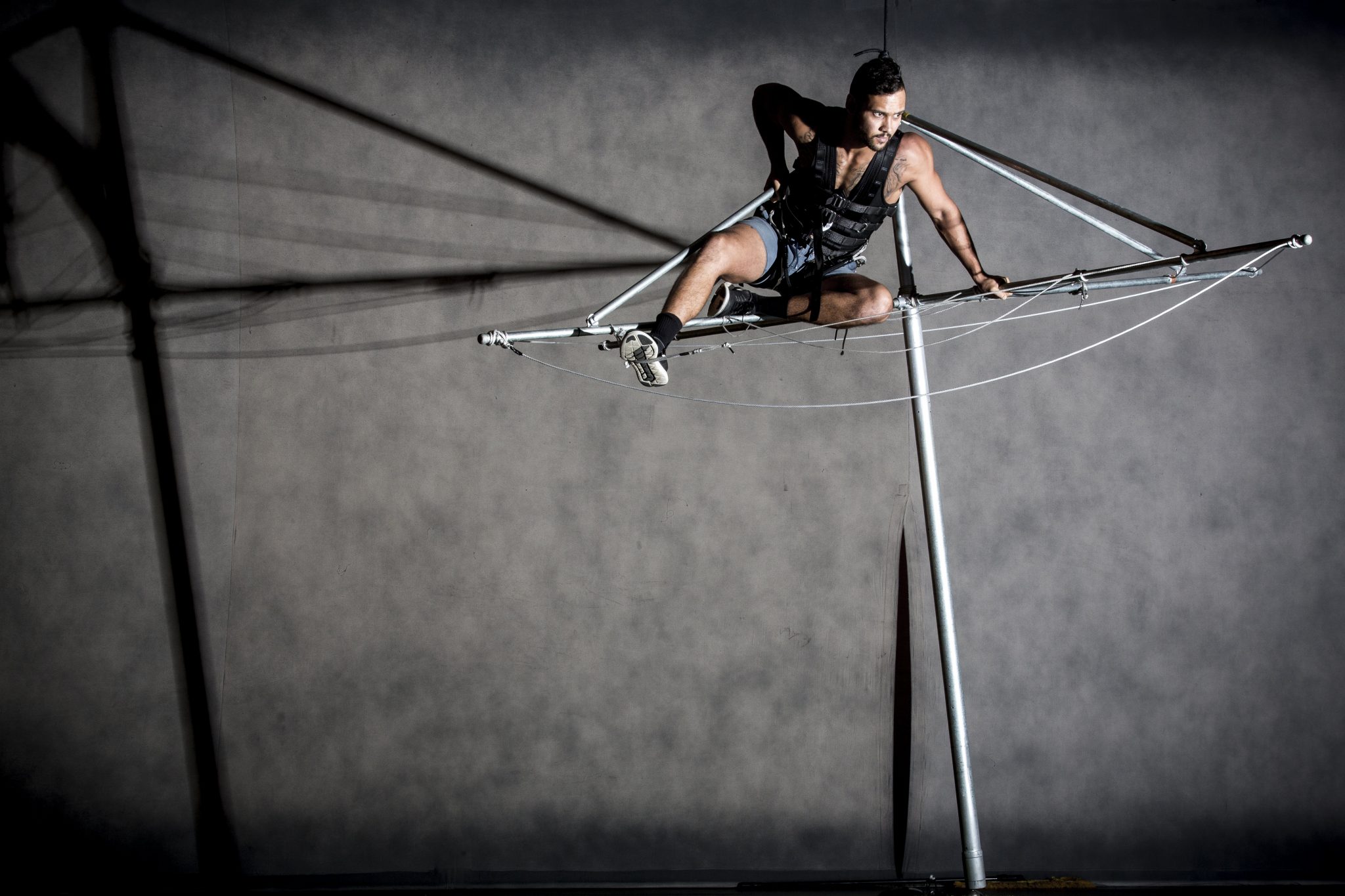Chilling first dance film in Antarctica smashes four world records
Award-winning choreographer and filmmaker Corey Baker chose Royal New Zealand Ballet dancer Madeleine Graham to be the dancer of his film, ‘Antarctica: The First Dance’ to raise awareness of Climate Change. Dance Writer speaks to Aussie-born Madeleine about her achievement of smashing multiple world records in Antarctica.
DW: You successfully auditioned to be the dancer featured in Corey Baker’s film, “Antarctica: The First Dance”. Congratulations, what an incredible honour. Firstly, how was this project commissioned?
MG: Thank you! Corey contacted Antarctica New Zealand a few years ago about this unique project and they were intrigued and excited to be a part of the first dance film down on the continent. Being a Kiwi himself, he came to the Royal New Zealand Ballet looking for a dancer to take with him.
DW: You both came to smash four world records: first dancer, first choreographer, first dance performance and first dance creation on Antartica. How does that feel knowing you are the first dancer in the WORLD to do this?
MG: The trip was an experience of a lifetime! To see and experience such beauty was incredibly inspiring and really gave me a real purpose behind my work. Just to be there was more than I’d ever dreamed, so to be able to do what I love and share that experience with people is wonderful.
DW: What were the living conditions like in Antarctica? Was it as cold as it looked? How many people were residing in Scott Base, Antarctica when you were there?
MG: I stayed at the New Zealand base while down in Antarctica. We had to go through some survival training while we were there as most of our days were spent out on location. This involved camping out and building snow igloos. Luckily for us, it was summer so it was the warmest time of year. Though, I wouldn’t describe it as ever being warm, especially while dancing outside in minimal layers. The base was at full capacity which was around 80 people. It was great to share meals with everyone staying there and hear about the different projects going on.
DW: What was your journey like to get to Antarctica? How long did it take and did you fly there?
MG: We boarded the U.S Air Force C17 which departed from Christchurch and flew us straight onto the ice in Antarctica. Flight time was 5 hours.


Madeleine Graham and Corey Baker in Antarctica. Photo: @maddygraham_
DW: What was the experience like working with Corey Baker? Did you have choreographic influence?
MG: He was great to work with and we had a lot of fun. It’s always nice to have a choreographer create something on you because they work with your movement quality and capabilities and adjust things to suit your strengths. Majority of the choreography I learned down in Antarctica as there were so many factors to take into account. He wanted the choreography to be inspired by our surroundings, it was very ‘in the moment’. Each day would be different and would often present with new obstacles from being in a completely different environment.
DW: How did you overcome the obstacle of dancing on a slippery surface? Did this restrict the type of choreography you wanted to do?
MG: The conditions were far from ideal for a professional ballet dancer. I was in runners, layers of thermals on slippery surfaces trying to make it look easy and effortless. It definitely was a challenge to perform some of the technical skills in those conditions, but I think overall we were able to adapt to our locations. Corey wanted it to be a real as possible for the audience, so I had to slide down the mountains, abseil down crevasses and climb on ropes to get the shots to showcase the beautiful continent.
DW: The film was released on Earth Day! What are viewers expecting from watching this film?
MG: Corey is known for bringing dance outside of theatres and making it accessible to a wider audience. This project was about trying to bring awareness to climate change in a different way. We were inspired by the location and let that take charge to be the driving force behind the film.
Sorry, the comment form is closed at this time.



